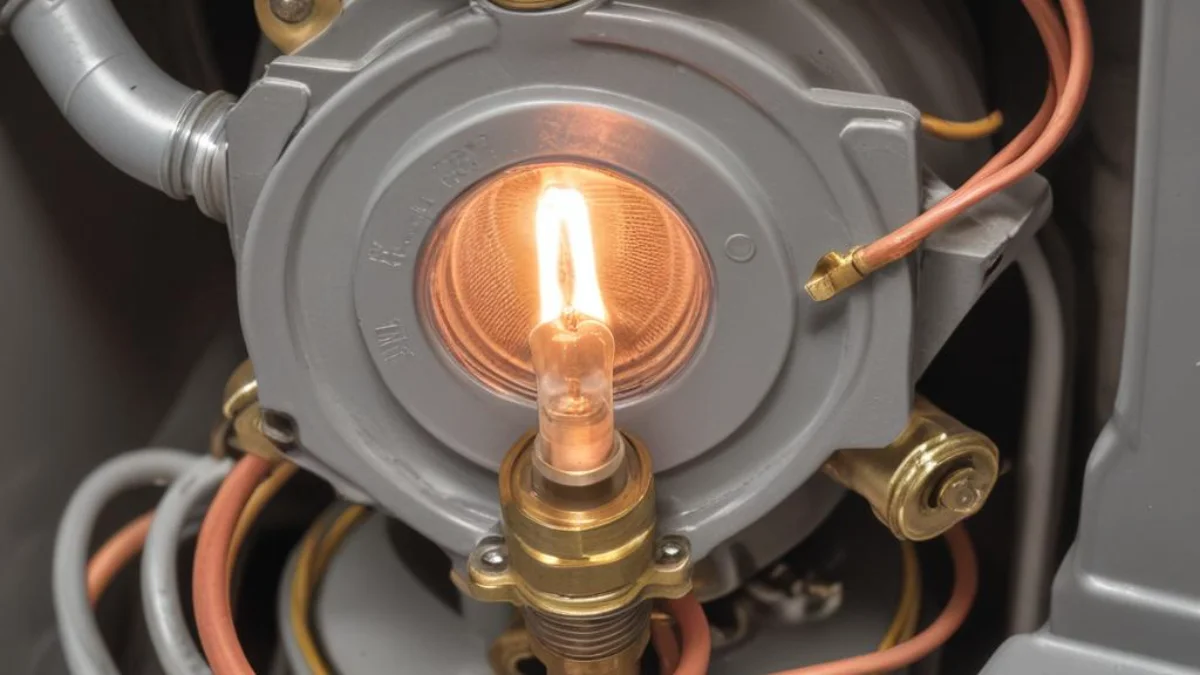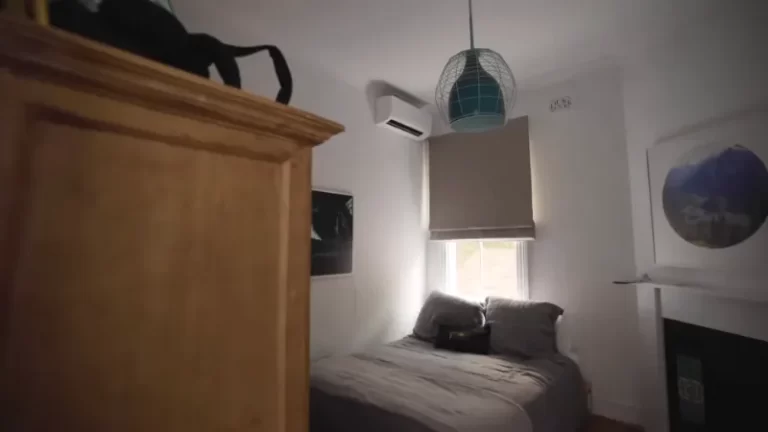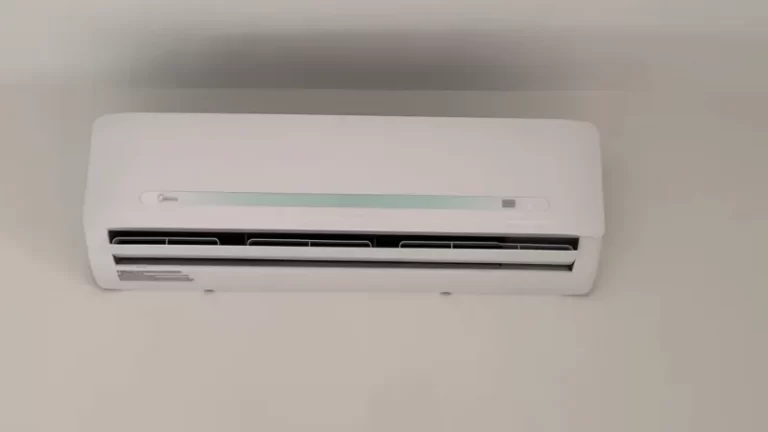Mueller Climatrol Furnace Problems? Fixes & Tips Inside!
Is your Mueller Climatrol furnace acting up, leaving you in the cold? Don’t panic. Many common furnace issues can be resolved with some basic troubleshooting and regular maintenance, saving you from an expensive service call.
This comprehensive guide will walk you through the most frequent problems Mueller Climatrol furnace owners face. We’ll explore everything from pilot light failures to mysterious noises, providing you with actionable solutions and preventative maintenance tips to keep your system running efficiently all winter long.
You'll Learn About
Unlocking the Secrets of Your Mueller Climatrol Furnace
Mueller Climatrol has a long history, and many of their older units are still in service today. While known for their durability, like any mechanical system, they can encounter problems over time. Understanding the basic components is the first step to effective troubleshooting.
Most issues stem from a few key areas: the ignition system, airflow, and the thermostat. Regular attention to these components can prevent a small issue from becoming a major headache, much like addressing the 7 common refrigerator repair problems before they lead to a complete breakdown.
The Dreaded Pilot Light Problem
One of the most common complaints with older Mueller Climatrol furnaces is a pilot light that won’t stay lit. This small but mighty flame is essential for igniting the main burners that heat your home. When it goes out, your furnace won’t produce any heat.
The primary culprit is often a dirty or faulty thermocouple. The thermocouple is a safety device that senses the pilot light’s heat and shuts off the gas supply if the flame is extinguished, preventing gas from leaking into your home. Over time, soot can build up on the thermocouple, insulating it from the flame and causing it to malfunction.
Step-by-Step: Relighting and Cleaning
First, carefully follow the instructions on your furnace to relight the pilot. If it lights but goes out as soon as you release the control knob, the thermocouple is the likely problem. Turn off the gas supply to the furnace before proceeding.
Gently clean the tip of the thermocouple with fine-grit sandpaper or a stiff brush to remove any carbon buildup. Be careful not to damage the delicate sensor. Once clean, reassemble everything and try relighting the pilot. If it still won’t stay lit, the thermocouple may need to be replaced—a relatively inexpensive and straightforward repair.
Ignition System Failures: No Spark, No Heat
If your Mueller Climatrol model uses an electronic ignition system instead of a standing pilot light, you might face different issues. These systems create a spark to ignite the gas, and a failure in this component will prevent your furnace from starting.
A faulty ignitor or a dirty flame sensor can be the cause. The flame sensor’s job is to confirm that the burners have ignited. If it’s dirty, it can’t detect the flame and will shut the system down as a safety precaution. Always disconnect power to the furnace before inspecting electronic components.
Troubleshooting Electronic Ignition
Check for a dirty flame sensor. This small metal rod is positioned in the path of the burner flame. Carefully remove it and clean it with light steel wool. Avoid touching the sensor with your bare hands, as oils can cause it to fail prematurely.
If cleaning the flame sensor doesn’t work, the ignitor itself might be cracked or failing. A visual inspection may reveal a crack. Replacing an ignitor is a job often best left to a professional unless you have experience with furnace repair.

The Importance of Airflow: A Clogged Filter Crisis
Your furnace needs to breathe. Restricted airflow is a leading cause of furnace inefficiency and failure. The most common cause is a dirty or clogged air filter.
A clogged filter forces the blower motor to work harder, which can lead to overheating and premature failure. It also reduces the amount of warm air circulating through your home, making the furnace run longer to reach the desired temperature and driving up your energy bills. Check your furnace filter at least once a month.
Beyond the Filter: Blocked Vents and Ducts
Ensure that all supply and return air vents in your home are open and unobstructed by furniture, rugs, or drapes. Blocked vents disrupt the balance of your HVAC system. In some cases, ductwork can become clogged with dust and debris over the years, requiring professional cleaning.
Proper airflow is as crucial to your furnace as using the right kind of wiring, like understanding the differences between Romex vs Southwire, is to an electrical project. The right components and clear pathways are essential for system health.
Thermostat Troubles: Is It a Communication Breakdown?
Sometimes the problem isn’t with the furnace at all, but with the thermostat that controls it. A malfunctioning thermostat can fail to send the signal to the furnace to turn on, or it might read the room temperature incorrectly, causing short cycling.
Start with the basics. Check if the thermostat is set to “heat” and the temperature is set higher than the current room temperature. If it’s a battery-powered model, replace the batteries. Dust and debris inside an older mechanical thermostat can also interfere with its operation.
Common Mueller Climatrol Furnace Issues at a Glance
Navigating furnace problems can be daunting. This table summarizes the most common issues, their likely causes, and what steps you can take to resolve them. Always prioritize safety and turn off power and gas when working on your furnace.
| Problem | Likely Cause | Solution |
|---|---|---|
| Furnace won’t turn on | Thermostat issue, power off, or gas valve closed | Check thermostat settings and batteries. Verify circuit breaker is on and gas valve is open. |
| Pilot light is out or won’t stay lit | Faulty or dirty thermocouple, draft | Relight the pilot. Clean or replace the thermocouple. Check for drafts near the furnace. |
| Burners light but then turn off | Dirty flame sensor | Turn off power and gas. Carefully remove and clean the flame sensor with light steel wool. |
| Blower runs constantly | Thermostat fan setting is on “ON”, faulty fan limit switch | Set thermostat fan to “AUTO”. If it still runs, the fan limit switch may need professional replacement. |
| Furnace is making strange noises | Loose panels, worn motor bearings, debris in blower | Tighten access panels. Strange mechanical noises often require professional diagnosis. |
| Inadequate heat output | Clogged air filter, blocked vents | Replace the air filter. Ensure all air vents are open and unobstructed. |
Preventative Maintenance: Your First Line of Defense
The best way to deal with furnace problems is to prevent them from happening in the first place. A simple annual maintenance routine can dramatically extend the life of your Mueller Climatrol furnace and keep it running efficiently.
Beyond changing your filter regularly, you should visually inspect the system. Look for any signs of soot or rust around the burners or flue pipe. Listen for any unusual noises during operation, like rattling or squealing, which could indicate a developing mechanical problem.
The Annual Professional Tune-Up
While DIY maintenance is crucial, it’s no substitute for an annual professional tune-up. An HVAC technician will perform a comprehensive inspection, cleaning, and adjustment of all critical components. This includes checking gas pressure, testing safety controls, cleaning burners, and lubricating moving parts.
This yearly service ensures your furnace is operating safely and at peak efficiency. It’s an investment that pays for itself in lower energy bills and the prevention of costly emergency repairs. In systems with boilers, this might also involve an american air purger to remove trapped air, ensuring efficient heat transfer.
When to Call a Professional
While many issues can be addressed by a handy homeowner, some problems absolutely require a qualified HVAC professional. Never attempt to repair a gas leak yourself. If you smell gas, leave the house immediately and call your gas company from a safe distance.
Complex electrical issues, problems with the main control board, or replacing a motor are also jobs best left to the experts. Attempting these repairs without the proper knowledge and tools can be dangerous and may cause more damage to your furnace. Trusting a professional ensures the job is done right and your system operates safely.


